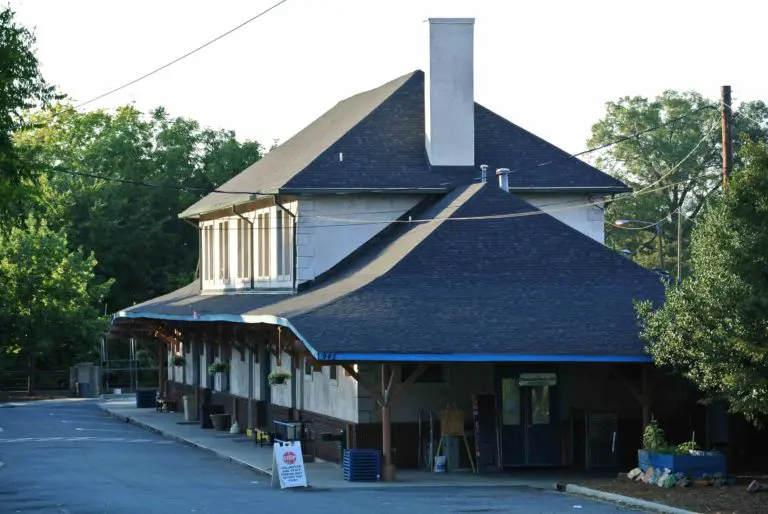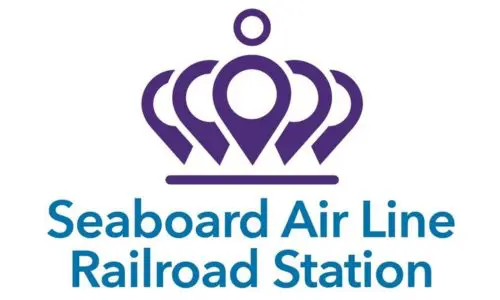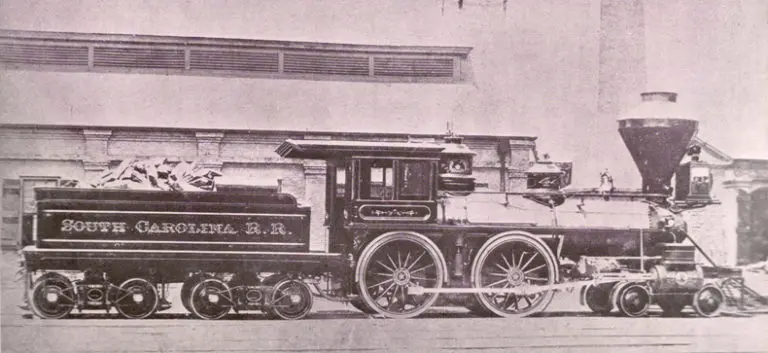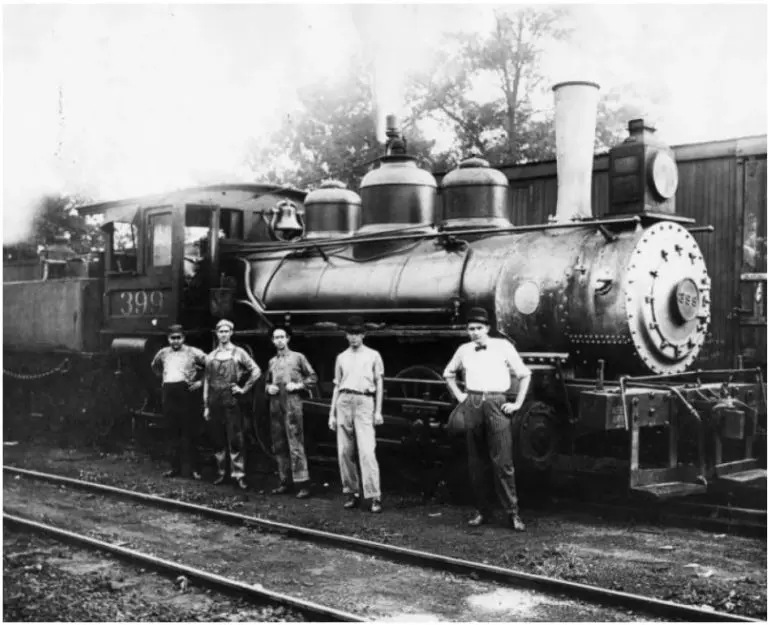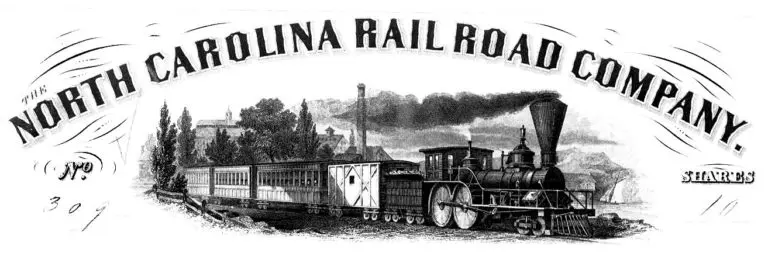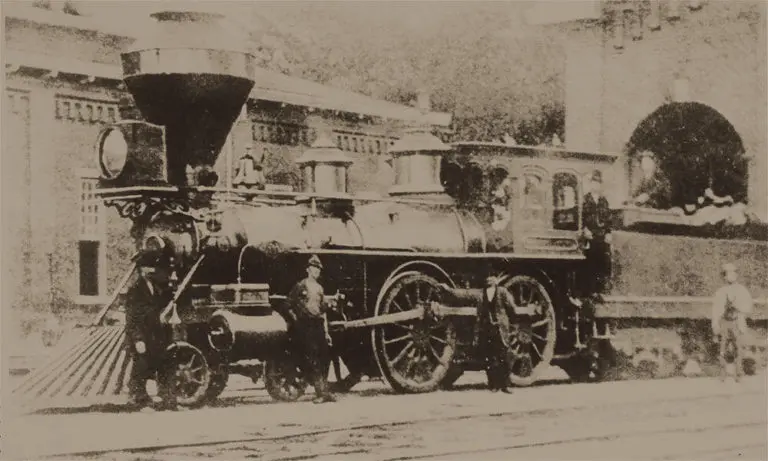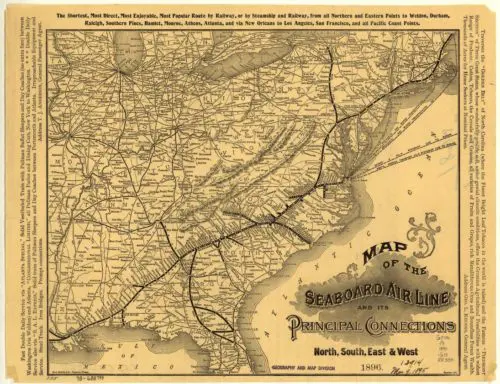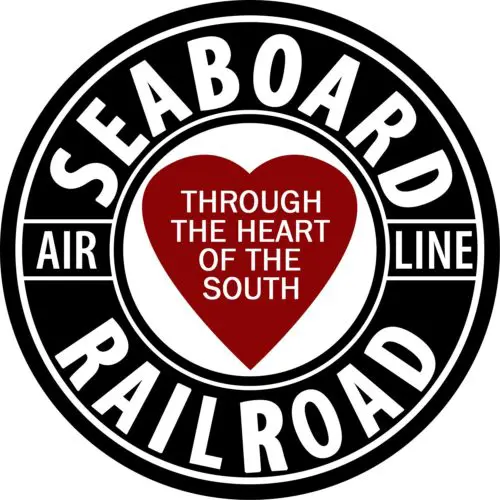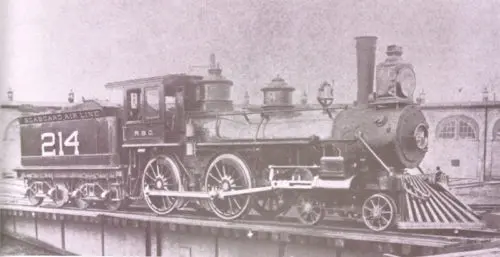Charlotte could not and would not have developed into the city it is today without railroads. Early in its history, the Queen City and Mecklenburg County were viewed as the backcountry. In the 1840s, Charlotte had a population of 1,065 and was no more significant than other hamlets like Salem, Salisbury, and Greenville spread throughout the Piedmont.
At this point in North Carolina’s history, all major cities were ocean and river ports, or political centers like Wilmington, Raleigh, and Fayetteville. Mecklenburg was not growing. It was not in a good location and was very difficult to access, being miles away from all major cities and waterways. Mecklenburg was also not connected to any transportation networks. One possible solution was building a railroad. As early as the 1830s, North Carolina’s government discussed constructing a state-owned railroad linking Charlotte to coastal North Carolina but did not act.
However, in 1845, news that the South Carolina Railroad was planning to expand and bring its railway from Charleston to Camden. Camden was eighty miles southeast of Charlotte. Charlotte desperately needed a way to connect to the Camden extension. So, in March of 1845, a committee of 18 Mecklenburg leaders called a meeting at the Charlotte courthouse to start a railroad fundraising drive. The committee argued that railroads would help raise real estate value and give planters easier access to markets where they could sell surplus goods. The committee could not raise enough money in Mecklenburg.
The committee then turned to Charleston, where they tried to get investors for the railway, but this plea was ultimately unsuccessful. By 1847, the railroad’s promoters and supporters decided to put the construction of the railway line up for bid. The city of Columbia won the bid in 1849. On October 21, 1852, Charlotte celebrated the arrival of its first passenger train on the Charlotte and South Carolina Railroad.
Three additional railways opened during the next few years, making Charlotte one of the best trading locations in North Carolina’s backcountry by the end of the Civil War. In 1854, the North Carolina Railroad also reached Charlotte. It ran from Charlotte through Greensboro and Raleigh toward the port cities on North Carolina’s coast. By 1854, Mecklenburg County had four main and short railways. The railroad created more cotton trading opportunities while doubling the city’s population in the 1850s to 2,265 people.
Railroads were an essential part of the success and growth of Charlotte post-Civil War. As Charlotteans put some of their post-war profits into new rail lines in 1872, the Carolina Central Railroad connected Charlotte directly with Wilmington. By the late 1800s, Charlotte had firmly positioned itself as a leading trade hub, having more railroad connections than any other city in the Carolinas.
Today, Charlotteans may recognize a lingering building from Charlotte’s time as a railroad hub. The Seaboard Air Line Railroad opened a Charlotte station at 1000 North Tryon Street on June 16, 1896. The Seaboard Airline advertised Sundays at the Seashore in the Charlotte Observer. The company charged two dollars round trip from Charlotte to Wilmington, so people could enjoy a day at the seashore.
In 1898, one of the most significant events to happen at the station was when local residents gathered to see two hundred men off to service in the Spanish–American War. That station was renovated from 1916 to 1917 to keep up with the city’s expansion. It remained a passenger line for 62 years, with its final passenger ride being November 3, 1958. The line remained in active use for freight trains.
You may ask yourself why a railway would be called an “air line.” The term air line indicated that a railway route was direct and built in a straight line between the points served. Back then, railroads were typically constructed to go around natural obstacles and not through them. So, railroads could be built cheaper but were far less practical and slower. Air lines were faster and became far more desirable. Railroads like Seaboard Air Line Railroad began incorporating “air line” into their names.
Charlotte and Mecklenburg County would not have been able to grow and expand from its early status as a North Carolina backcountry to a sprawling metropolis without the advent of railroads.


